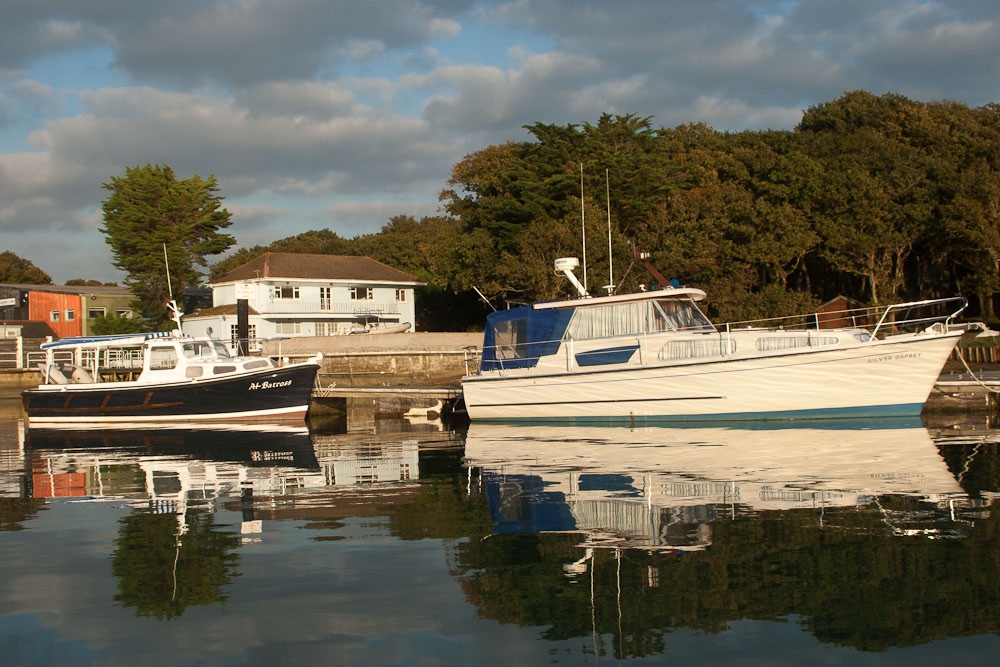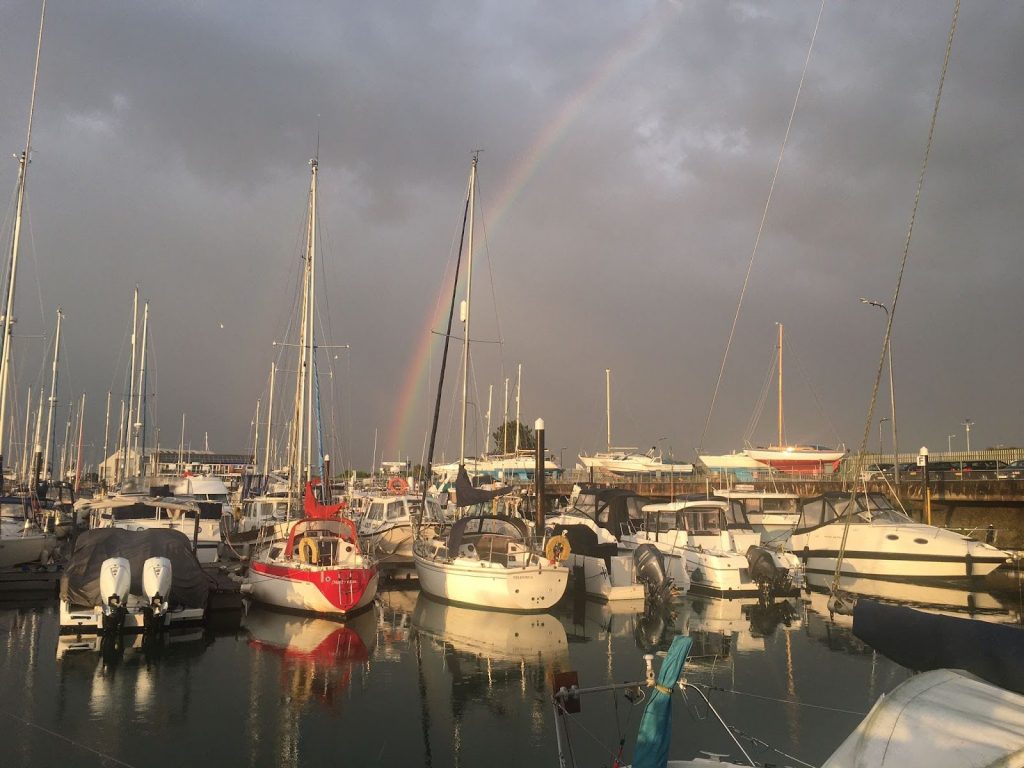How well you communicate with potential buyers will affect how they respond to you. Selling a boat can be like playing chess: one wrong move and you’re out of the game! Luckily, we have some easy tips to ensure that you’re sending the right signals – to gain buyers’ trust and keep them informed and willing to push the button. Avoid wasting your time with exchanges that go nowhere: instead, follow our six tips for interacting with potential boat buyers, and make each interaction count.
Play fair
When listing your boat, be honest and upfront about it. Be sure to report damage and flaws (no matter how small they may seem) before you meet with the seller. Include this information in your boat listing. Highlight any maintenance that you’ve done on the boat too. While caveat emptor (the legal principle of ‘buyer beware’) means that it’s up to buyers to investigate a product before buying, sellers are also not allowed to misrepresent the products they are selling. To progress to a point where your buyer is at a more committed level, you need to include the details of those in the contract of sale – a document outlining the terms of the sale that both parties will agree upon and sign. Highlight when you last repaired the boat and provide an extensive list of the boat survey details.
Preparation is key
Prepare, prepare, prepare. Ensure you’re going to be available to answer technical questions. If you don’t know your boat’s specs by heart, print out a ‘cheat sheet’ or the ad itself as a handy guide. This will be especially useful for phone enquiries that may come in while you are thinking about something else altogether (like what you’re having for dinner). Lots of buyers will want to know how many hours are on the engine, for example.
Preparing for a sea trial
Serious buyers will demand a sea trial before buying, particularly if you’re selling something unusual. But this can also be in your interest, as fraudsters are likely to avoid meeting in person. When arranging the trial, be aware that you’re expected to foot the bill for the fuel and marina services involved. That said, you can often strike a deal for the return of this money in the event that the sale goes ahead. Besides this, try to keep your boat painted, cleaned and polished or waxed before trial, and consider COVID-19 safety too.
 Keep your boat clean, polished and waxed and disinfect heavily trafficked areas before showing your boat.
Keep your boat clean, polished and waxed and disinfect heavily trafficked areas before showing your boat.
Be a friendly and flexible communicator
Online, make sure you’re always easily available: fast replies mean fast sales, so get those notifications turned on, check your spam and list reliable contact details. When it comes to timings and locations, try not to be too rigid. Limiting your options may limit your buyers too. Both on and offline, try to be a good salesperson in general: friendly and attentive but also strategic. Use information that buyers provide as an opportunity to highlight your boat’s features. For example, if they want to use the boat for fishing, you could exchange fishing anecdotes while highlighting the fishing features on board. That said, friendliness doesn’t need to be a means to an end: if you find common ground, enjoy it before you exploit it!
Be ready to negotiate
Even in the UK, where haggling in general is taboo, you should expect a sale to conclude only after some negotiation. This can play through a number of rounds before the final figure is agreed. Negotiations are not unlike chess, where every move you make sets up another move down the line. This may take place in a single conversation or could be spread out over a number of days. Indeed, some negotiations go on for weeks with multiple offers and counter-offers, but most are over after one to three rounds. If both sides are realistic about the boat’s value, it shouldn’t be too hard to agree on a final price. Don’t dismiss a low offer – always come back with a higher price. If you choose to negotiate with several buyers at the same time, it’s important to make sure each one knows up front that there are other offers pending, otherwise you may end up losing more than one buyer.
Set your rock-bottom sales price
Set an absolute minimum price to avoid walking away disappointed. You can even mention this in your listing by saying “pricing is firm.” If you’re willing to hold out for a better price, consider listing for longer. Note that our elite package costs the same to renew as the premium package but offers more click-throughs. For more information about how to determine asking prices, read our pricing guide.
While these interactions will no doubt influence the final price, it’s also important when selling to keep your boat well maintained, choose the right time and use only the best images for your listing. See similar listings for more examples, and when you’re ready, list your boat for sale.
Images: www.boattrader.com


